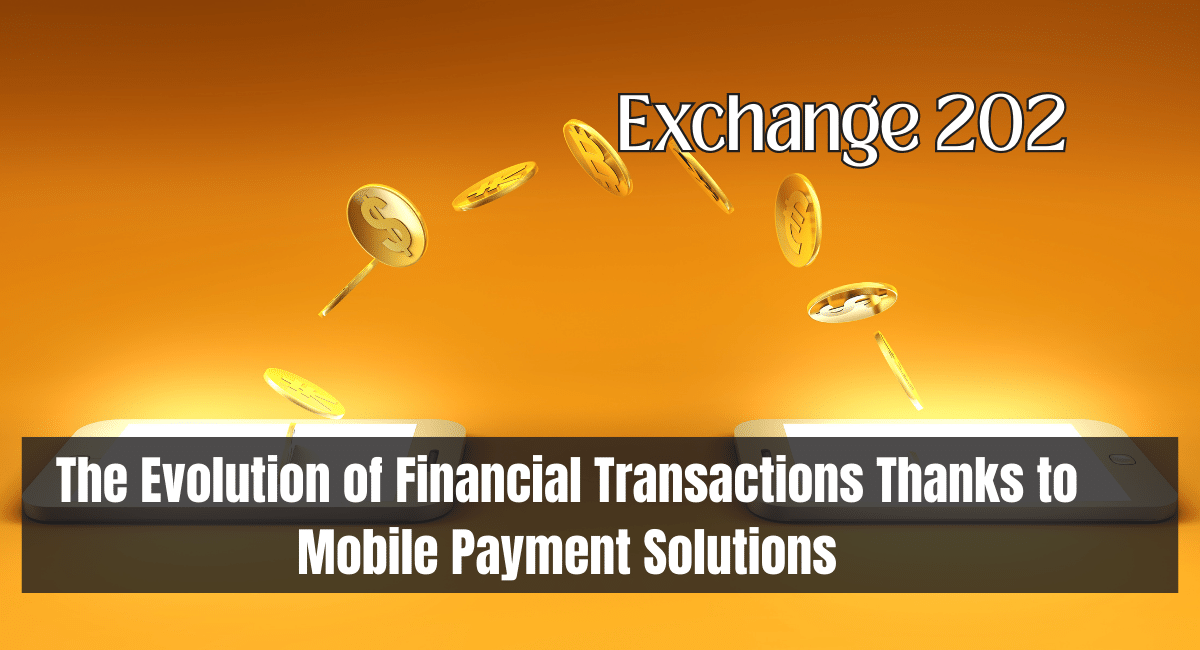The handling of monetary matters is through a period of fast change due to the advent of the digital age. The world of transactions and commerce is being reshaped by the emergence of mobile payment solutions, which have emerged as a disruptive force. These solutions have quickly garnered significant acceptance among customers and businesses because of the simplicity of making payments utilizing mobile devices such as smartphones and other mobile devices. The idea of mobile payment solutions is investigated in this article, as are their advantages and disadvantages, as well as the impact that they will have on the future of financial transactions.
Understanding Mobile Payment Solutions:
Mobile payment solutions, often commonly referred to as mobile wallets, give customers the ability to conduct financial transactions using their smartphones or other types of mobile devices. Users can make payments digitally, in-store, online, or through person-to-person transfers with the help of these technologies that store credit card information in a secure location.
Types of Mobile Payment Solutions:
- NFC-Based Payments: Near Field Communication (NFC) technology allows users to make contactless payments by tapping their smartphones near NFC-enabled payment terminals. Popular NFC-based mobile payment services include Apple Pay, Google Pay, and Samsung Pay.
- Mobile Banking Apps: Many banks offer mobile apps that allow users to manage their accounts, transfer funds, pay bills, and even make purchases directly from their invoices.
- Peer-to-Peer (P2P) Payment Apps: These apps facilitate money transfers between individuals, often without the need for bank account details. Examples include Venmo, PayPal, and Cash App.
- QR Code Payments: QR code-based payments involve scanning a QR code at a merchant’s point of sale to initiate a payment. This method is popular in many regions, especially in developing economies.
Benefits of Mobile Payment Solutions:
- Convenience: Mobile payments offer a streamlined and convenient way to make transactions. Users can leave their wallets at home and complete purchases with a simple tap or click.
- Security: Mobile payment solutions use various security measures, such as biometric authentication (fingerprint or facial recognition) and tokenization, to protect user data and payment information.
- Speed: Transactions are processed quickly, reducing customer wait times and enabling businesses to serve more customers efficiently.
- Digital Records: Mobile payment solutions provide digital receipts and transaction histories, making it easier for users to track their spending.
- Global Accessibility: Mobile payments can be used across borders, making international transactions more accessible and efficient.
- Financial Inclusion: Mobile payment solutions offer the ability to bring financial services to populations that do not currently have access to banks or only have limited access to banks. This would provide access to digital commerce as well as crucial financial tools.
Challenges and Considerations:
- Security Concerns: While mobile payment solutions offer enhanced security features, they are not immune to cyber threats like data breaches and hacking attempts.
- Compatibility: Mobile payment solutions often require NFC-enabled devices and compatible payment terminals, limiting their adoption in specific regions or among older devices.
- Privacy: Users may be concerned about personal data collection and use by mobile payment service providers.
- Infrastructure: In areas with limited technological infrastructure, the widespread adoption of mobile payment solutions may need to be improved.
- User Education: Ensuring users understand how to use these solutions safely and effectively is crucial for successful adoption.
Future Outlook:
The future of mobile payment solutions looks promising. As technology advances, we can expect further integration of payment capabilities into wearable devices, smart appliances, and other IoT-enabled devices. Additionally, advancements in blockchain and cryptocurrency technology may influence the evolution of mobile payment solutions, offering even more options for digital transactions.
Conclusion
How we conduct financial transactions has been fundamentally altered due to the proliferation of mobile payment alternatives. They are a driving force in the modern economy because they are convenient, have built-in security safeguards, and have the ability to increase financial inclusion. As these solutions continue to develop and expand, they are reshaping the future of commerce and altering how people interact with money. As a result, financial transactions are now quicker, safer, and more readily available than they have ever been.
